|
Text by Jessica Stubbs
Thus, when the lab offered me the opportunity to become a Field Technician in Madagascar, I felt as if I was finally able to realize my ecological decree and ameliorate the dissonance between my most profound academic passion and personal experience. Armed with robust rubber boots, a plethora of ambiguous antibiotics, and an inexplicable sense of loyalty to the ecosystems and lemurs I was yet to meet, I was ready for anything. The first week in Antananarivo was a vibrant and kinetic rush of unfamiliarity and culture. Scouring the teeming markets for field supplies, absorbing my first words of Malagasy, and ambling along the restless streets was exhilarating. Most exuberant, was having the momentous privilege to experience lab member Vero’s wedding. Dancing in effervescent swirls of Malagasy family members, consuming heaps of aromatic ravitoto, and reveling in the cultural exuberance of the wedding traditions was a singular experience of exceptional joy. The entangled vibrance of Antananarivo was a sensorial introduction to Madagascar and only a nascent glance into the incredible country I was soon to explore. While driving to Ranomafana, the boisterous contours of the city melted into expansive verdant hills, imbricating agricultural fields, and meandering brown streams. The landscape was punctuated by lines of laboring zebus, rich piles of fresh bricks, intimate huddles of market sellers, opinionated discourses among geese, and clusters of enthralled children.
After a few days gathering our supplies and coordinating our research objectives, we set off through banana fields and up arboraceous mountains to our campsite to begin the real work embedded within the forest.
Meals consisted of rice and beans, showers were taken in the river's embrace, purpose was found in the lemurs, and community thrived among the people and biota around us. The endless onslaught of news cycles, inundation of messages and emails, and perennial duty of academic and professional tasks faded into the immediacy and immensity of the forest. The profound reduction in external stimulus honed my abilities as a conservation practitioner and allowed my somatic and cerebral capabilities to unify in the research, questions, and wildlife that enveloped me.
Everyday was met with a multitude of novel lessons, inspiring curiosities, interminable giggles, scientific inquiries, lemur connections, persistent leeches, and legions of rice and beans. Never before had I possessed so few material effects and external comforts, and yet felt so fulfilled. My mind was kinetic with research ideas, empirical conquests, and experimental propositions. After lemur follows, we would march to the lab (a makeshift arrangement of tarp and sticks) and dive into preparing fecal samples with multiple treatments to delineate how the lemur microbiome affects seed germination rates. Conducting innovative science in the middle of the forest truly instilled the importance of embracing constant agility, improvement, and adaptation in an environmental arena of finite resources and unlimited stochasticity. As an emerging conservation practitioner, these experiences fortified my scientific problem-solving dexterity and imprinted an enduring zeal for advancing research on the front lines of conservation. Beyond catalyzing the counters of my intellectual prowess, the endogenous connections and palpable kingship that developed with the lemurs and fellow field technicians were transformative. Camp members and field technicians became an instant troop of unwavering loyalty. Hundreds of hours spent in the forest welded us together interminably. Picking leeches off each other, sharing meals under the canopy, teaching plant varieties, exchanging languages, and collectively immersing in the centripetal intrigue of the lemurs infused every lemur follow with an immensity of supportive reciprocity. Back at camp, the enveloping sense of community transcended challenging conditions and crystallized into interrelational wisdoms, connections, and understandings. Playing dominos with fierce determination, boldly pioneering novel food concoctions, piling around the fire, and passing jugs of steaming burnt rice water around the table were liminal moments of enduring warmth. Punctuating our time at camp were both restful and exuberant sojourns at the ValBIo Research Station. There, we extracted DNA by processing our fecal samples utilizing advanced laboratory techniques. In the lab, I sharped my pipetting precision, gained confidence mixing fragile chemicals, and advanced my ability to curate immaculate lab playlists to foster the ideal musical feng shui for science. Spending afternoons in the lab, meals with impassioned researchers, and evenings organizing supplies and trading lemur stories with volunteers further reinforced my avidity and esteem for the imperative research we were conducting. From skillfully collecting lemur fecal deposits from the forest floor to methodically purifying and extracting genetic information from samples in the lab, I was developing a comprehensive understanding of advancing conservation research.
Comments are closed.
|
We're using this space to share updates on our adventures in the field. Archives
May 2024
Categories
All
|

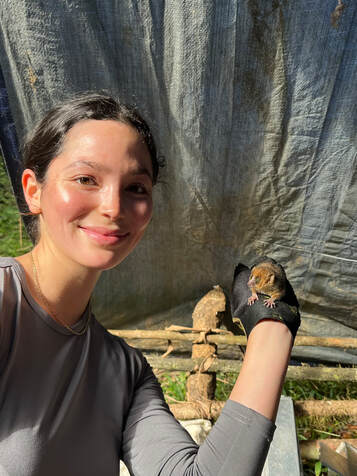

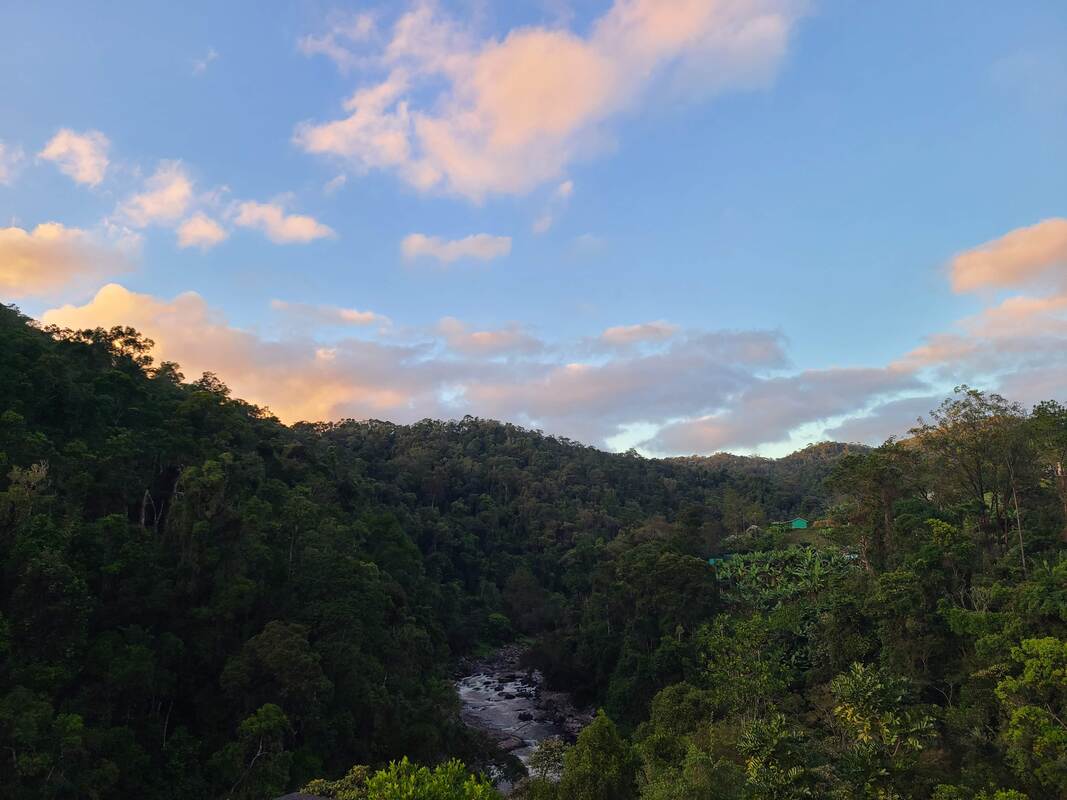
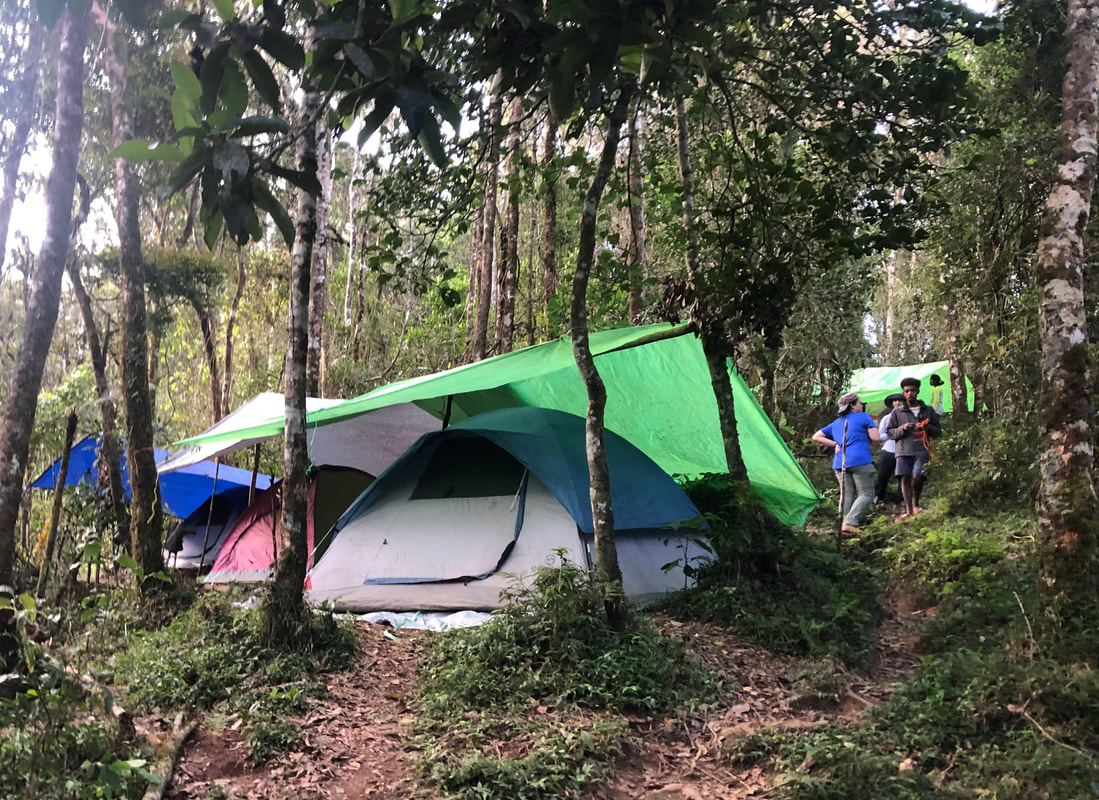
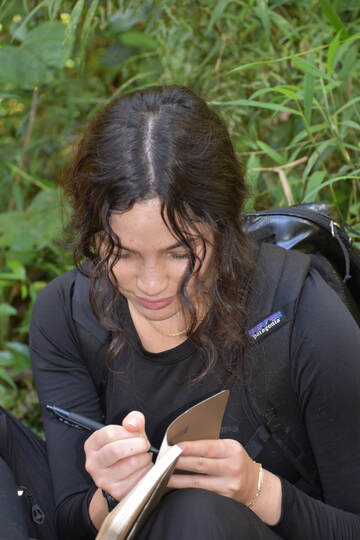
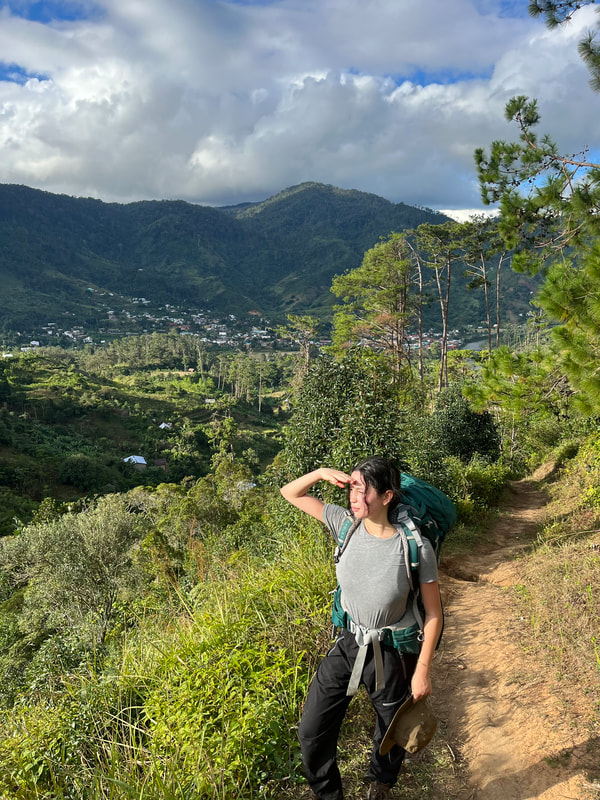
 RSS Feed
RSS Feed
